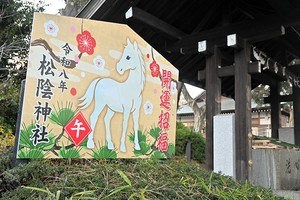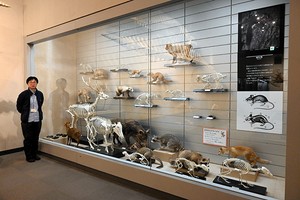THE ASAHI SHIMBUN
May 23, 2025 at 12:17 JST
 The Yamanote Line is a major part of Tokyo’s rail network that transports commuters in a loop around the capital. (Provided by East Japan Railway Co.)
The Yamanote Line is a major part of Tokyo’s rail network that transports commuters in a loop around the capital. (Provided by East Japan Railway Co.)
East Japan Railway Co. suspended operations of the Yamanote Line and Keihin-Tohoku Line between Shinagawa and Higashi-Jujo stations from the first trains on May 23, affecting hundreds of thousands of commuters in Tokyo.
According to JR East, the Yamanote Line resumed operations of its inner loop trains around the capital shortly after 7 a.m. and outer loop service at 8:26 a.m. on the same day.
However, there were significant delays and part of its services were later canceled due to problems found in the line.
Meanwhile, the Keihin-Tohoku Line resumed operations at 6 a.m. on the same day.
JR East reported a total of 176 trains had been canceled due to the suspension of services and about 249,000 passengers have been affected so far.
Despite the disruptions, no crowds were observed at Shinbashi Station in Tokyo at around 7:30 a.m. There were not many commuters during the normally bustling commuting time, while the announcement of the suspension of service could be heard.
A 39-year-old corporate worker from Tokyo who took a subway train instead of the Yamanote Line said, “I wasn’t upset this morning because I already knew last night that the trains wouldn’t be running this morning.”
The Yamanote Line temporarily stopped its operation of its outer loop services for train car inspections at 9:47 p.m. on May 22.
JR East said because it found an abnormality on a train car, it canceled all operations of its outer loop train services for the remainder of the day.
A train conductor on a clockwise train saw sparks flying from near a pantograph in the overhead wires, and stopped the train at Shibuya Station, according to JR East's Tokyo metropolitan area headquarters.
After inspecting other Yamanote Line trains, the company found bent pantographs on a total of 21 trains.
In a subsequent inspection, the company found a break in the overhead wires near Shinbashi Station.
The company believes that the pantographs were bent after encountering the broken overhead wires and has been investigating the malfunction.
(This story was written by Kohei Kano and Takuro Yamano.)




















A peek through the music industry’s curtain at the producers who harnessed social media to help their idols go global.
A series based on diplomatic documents declassified by Japan’s Foreign Ministry
Here is a collection of first-hand accounts by “hibakusha” atomic bomb survivors.
Cooking experts, chefs and others involved in the field of food introduce their special recipes intertwined with their paths in life.
A series about Japanese-Americans and their memories of World War II